12 Gorgeous Prairie Flowers To Add Color And Charm to Your Garden
Add a touch of natural beauty and vibrant color to your garden with prairie flowers that are both resilient and stunning. These flowers thrive in sunny spots, attract pollinators, and bring long-lasting charm to any landscape. Whether you’re looking to brighten up your backyard or create a habitat for bees and butterflies, prairie flowers are the perfect choice for a low-maintenance and colorful garden.
This post may contain affiliate links, which helps keep this content free. Please read our disclosure for more info.
Black-eyed Susan (Rudbeckia hirta)
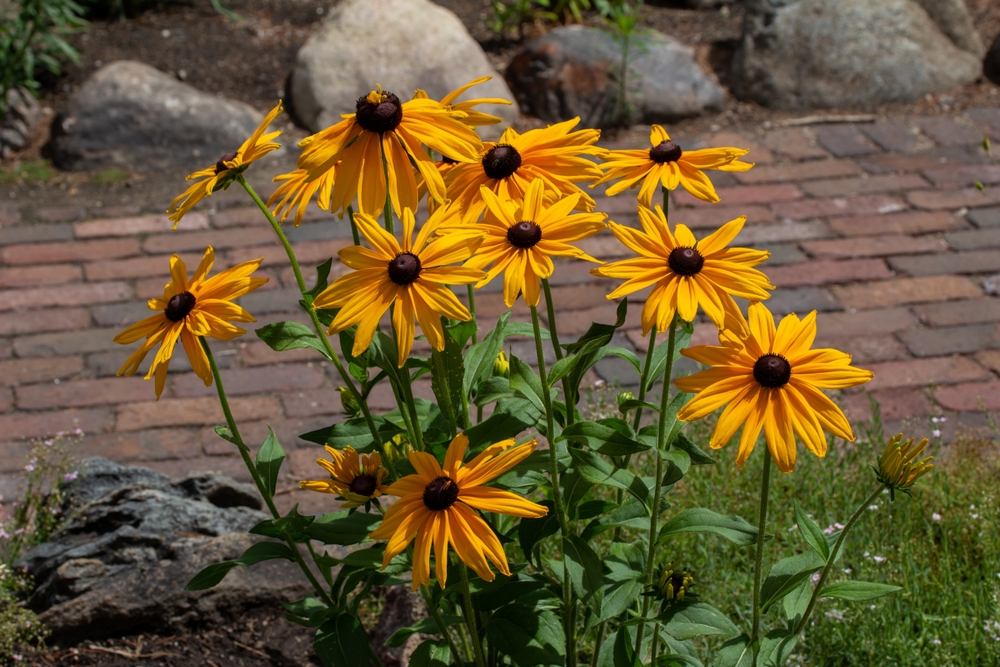
Black-eyed Susan is a classic prairie flower that thrives in full sun and well-drained soil. With its bright yellow petals surrounding a dark brown center, it can light up any garden. This flower is known for its resilience, growing year after year with minimal care, and it attracts bees and butterflies, making it an excellent addition to any pollinator-friendly garden.
Aside from its stunning visual appeal, Black-eyed Susan is highly drought-tolerant, making it an ideal choice for dry, sunny areas. Its long blooming period, typically from summer to fall, ensures your garden remains colorful and lively for months.
Purple Coneflower (Echinacea purpurea)
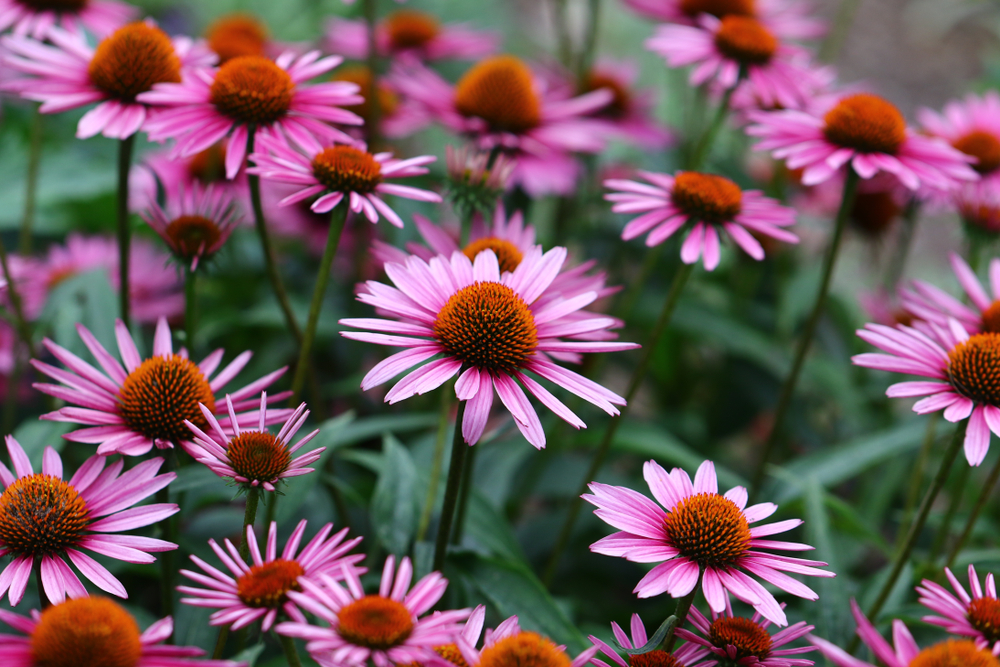
Purple Coneflower is a beloved native prairie flower, celebrated for its bold purple petals and cone-shaped center. This perennial is not only striking but also attracts pollinators such as bees, butterflies, and birds. It is exceptionally hardy and thrives in full sun, tolerating drought and poor soil conditions, making it a low-maintenance option for your garden.
Beyond its aesthetic charm, Purple Coneflower is also known for its medicinal properties, often used to boost the immune system. This plant is a fantastic choice for gardeners looking for both beauty and functionality.
Goldenrod (Solidago spp.)
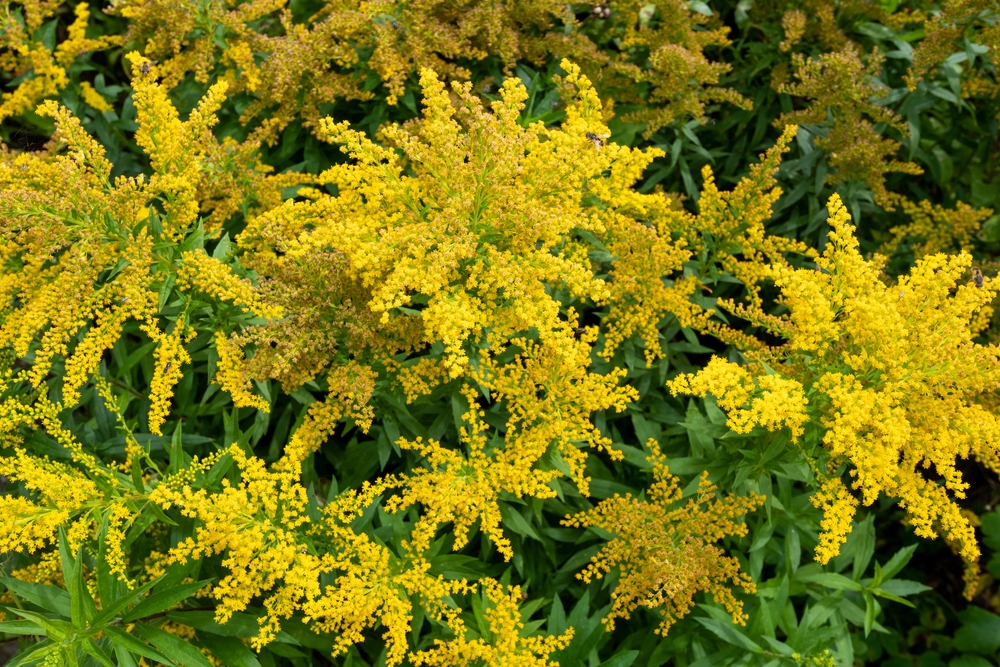
Goldenrod is a showy perennial that thrives in sunny, well-drained gardens. Its bright yellow spikes bloom in late summer to fall, providing an important source of nectar for bees and butterflies. Goldenrod is often misunderstood and blamed for causing hay fever, but it is not a major allergen. Instead, it’s an excellent plant for attracting pollinators.
This resilient flower can thrive in poor soil and withstand drought, making it an ideal choice for gardens with less attention. Goldenrod adds both beauty and an important ecological function to any prairie-inspired garden.
Wild Indigo (Baptisia australis)
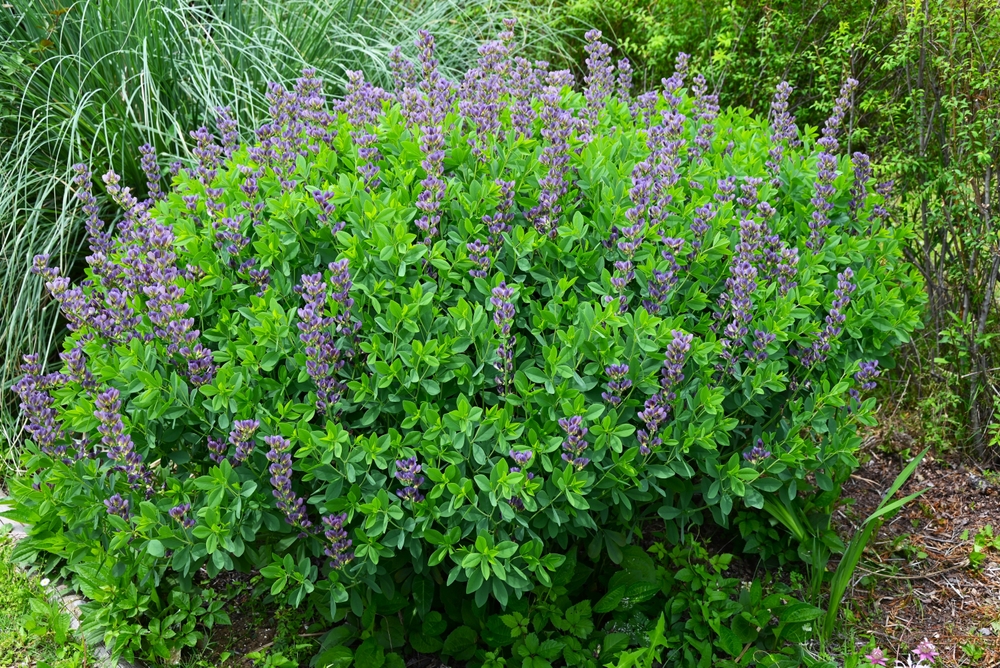
Wild Indigo is a striking prairie flower that produces beautiful blue to purple blooms in the spring and early summer. This perennial is known for its hardiness and adaptability, able to grow in a variety of soil types and conditions. It’s also extremely drought-tolerant, making it a great choice for areas that receive little rainfall.
Aside from its vibrant flowers, Wild Indigo has attractive foliage that remains green throughout the growing season. This plant provides habitat for pollinators and offers long-lasting beauty in the garden.
Indian Paintbrush (Castilleja coccinea)
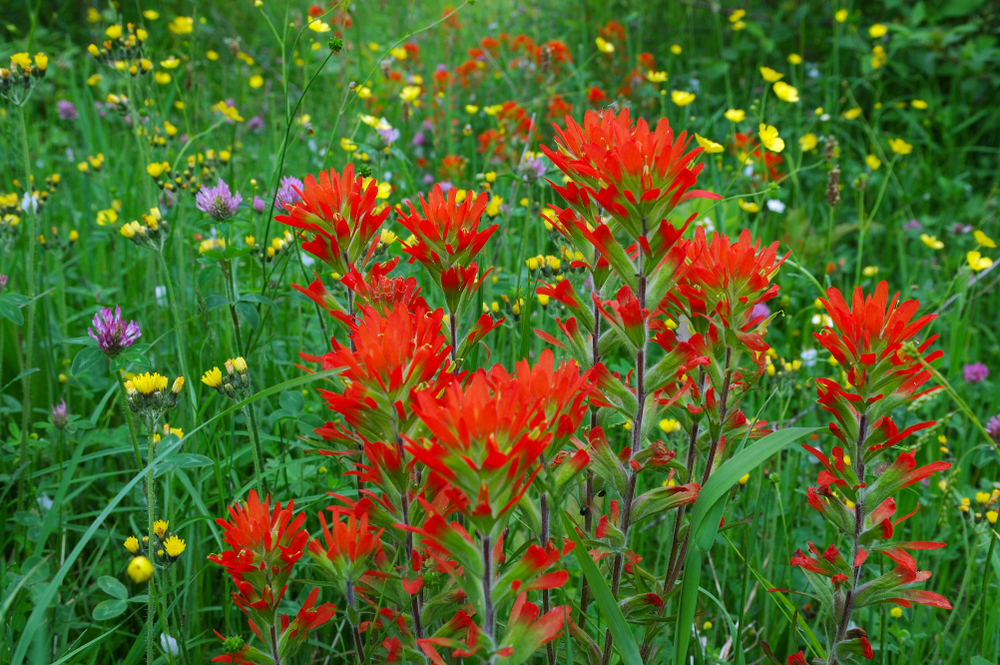
The Indian Paintbrush is a striking prairie flower known for its bright red to orange bracts that resemble paintbrush strokes. It thrives in full sun and dry, sandy soils, making it a perfect addition to arid landscapes. This flower has a unique relationship with other plants, as it often grows as a hemiparasite, obtaining some nutrients from nearby grasses.
Pollinators, including bees and butterflies, are drawn to the Indian Paintbrush’s colorful blooms, making it a great plant to encourage biodiversity in your garden. Its ability to withstand tough growing conditions makes it an excellent choice for a low-maintenance garden.
Blazing Star (Liatris spicata)
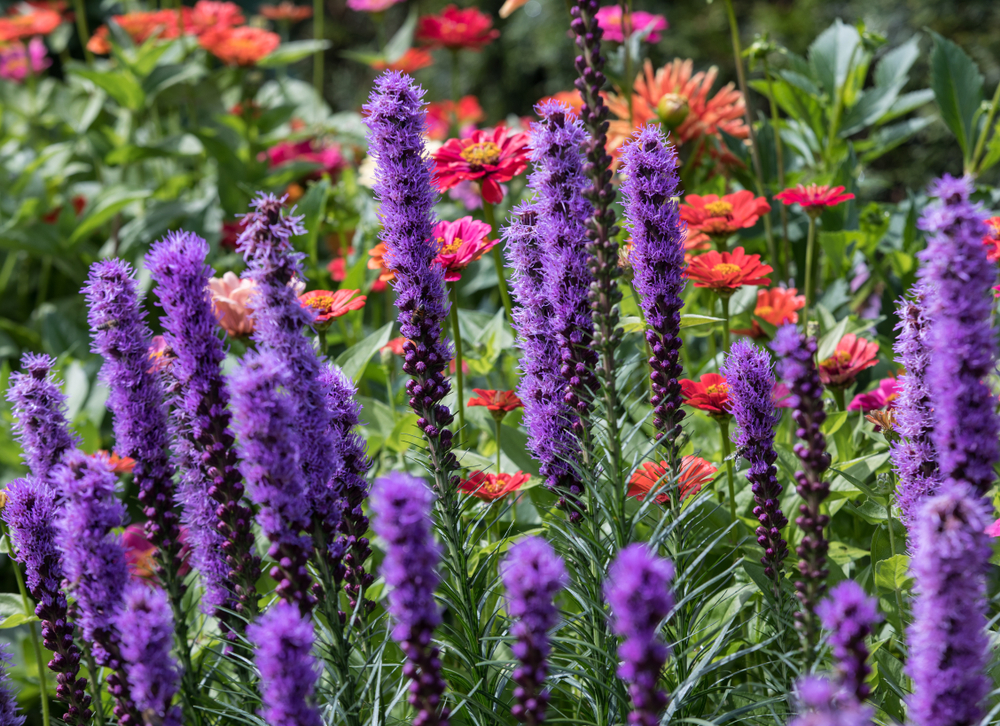
Blazing Star is a tall, spiky flower that blooms with stunning purple to pinkish flowers. It thrives in full sun and well-drained soil, making it an ideal choice for adding vertical interest to your garden. The flower spikes attract a variety of pollinators, especially butterflies, which are drawn to its nectar.
Blazing Star is a resilient plant that can tolerate drought and poor soil conditions. Its vibrant, long-lasting blooms are perfect for adding a splash of color to any prairie-inspired garden.
Prairie Dropseed (Sporobolus heterolepis)
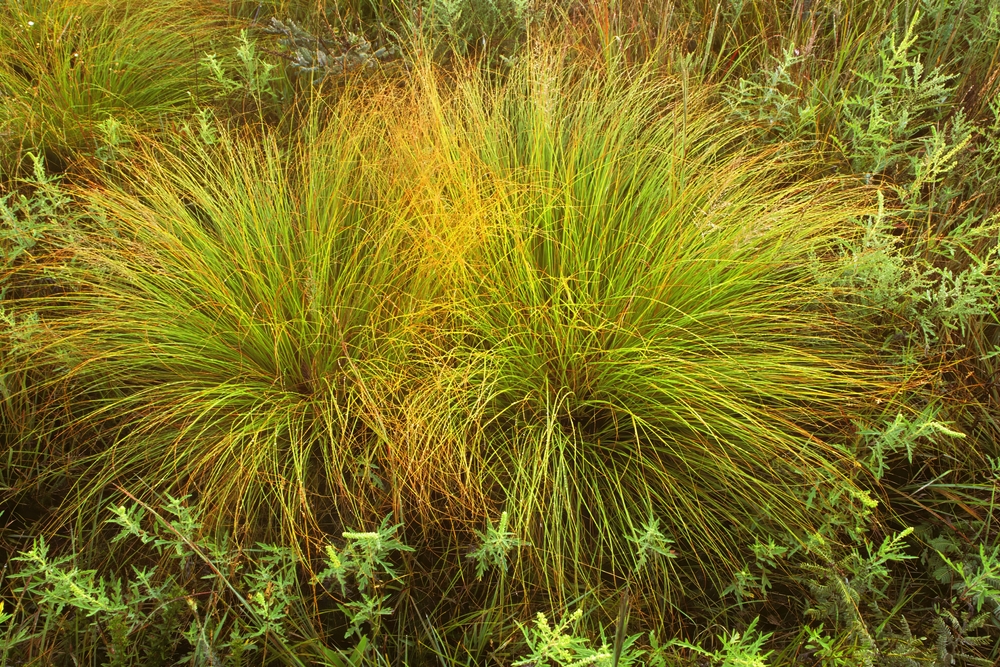
Prairie Dropseed is a native ornamental grass known for its fine texture and graceful, arching form. It produces small, airy seed heads in late summer, which sway gently in the wind, adding a soft, natural look to your garden. While not a flower in the traditional sense, its feathery seed heads provide beauty and movement.
This grass is ideal for sunny gardens and requires little maintenance. It is drought-tolerant and can thrive in poor, dry soil, making it a fantastic choice for xeriscaping.
Aster (Symphyotrichum spp.)
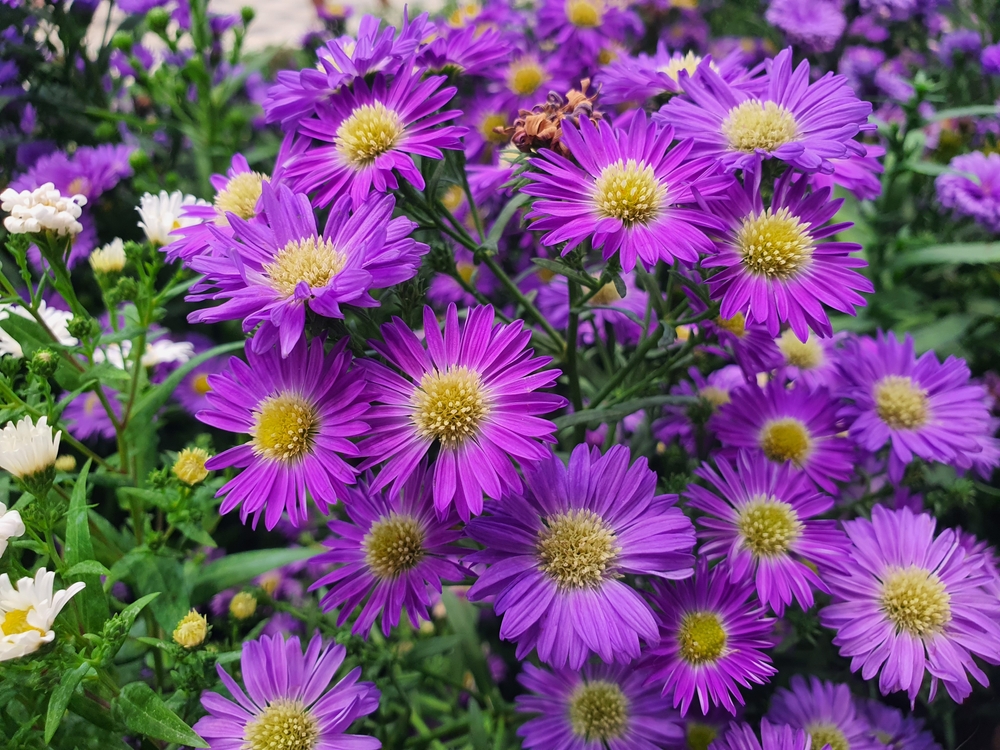
Asters are native prairie flowers that bloom late in the growing season, providing a burst of color when other plants have started to fade. With their vibrant purple, pink, or blue petals, asters are excellent at attracting butterflies and other pollinators. They thrive in full sun and well-drained soil, adding both color and ecological value to your garden.
Asters are highly adaptable and can grow in a variety of soil types, from rich loamy soil to more challenging, dry conditions. Their long blooming period from late summer to fall ensures that your garden remains lively and colorful for months.
Wild Bergamot (Monarda fistulosa)
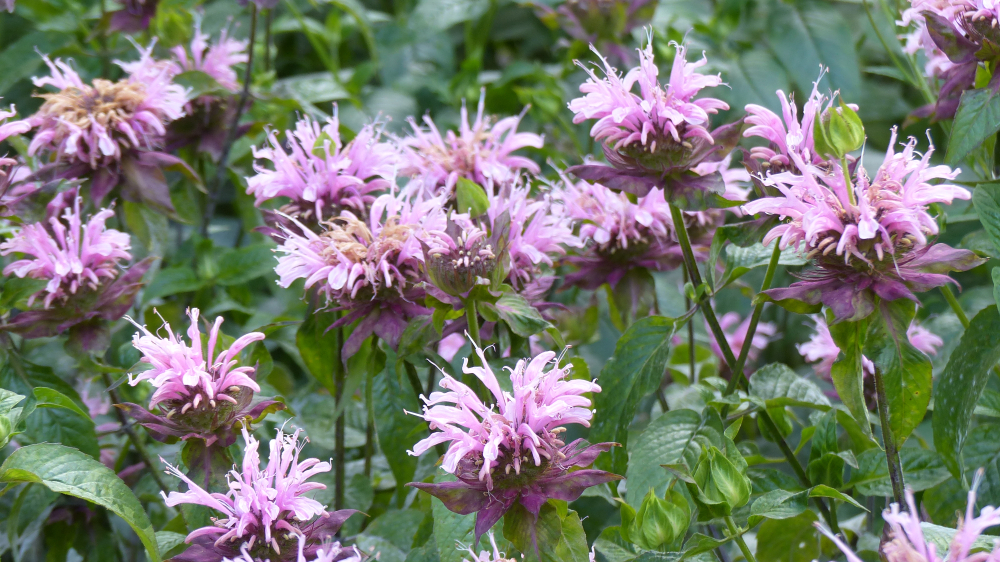
Wild Bergamot, also known as Bee Balm, is a fragrant and colorful flower with pink to lavender blooms. Bees, butterflies, and hummingbirds love its unique, spiky flowers. Wild Bergamot thrives in full sun and moist, well-drained soil, making it an excellent choice for a sunny prairie garden.
This plant is not only attractive to pollinators but also offers medicinal benefits, often used in herbal teas for its soothing properties. It adds both beauty and functionality to your garden, making it a great all-around choice.
Leadplant (Amorpha canescens)
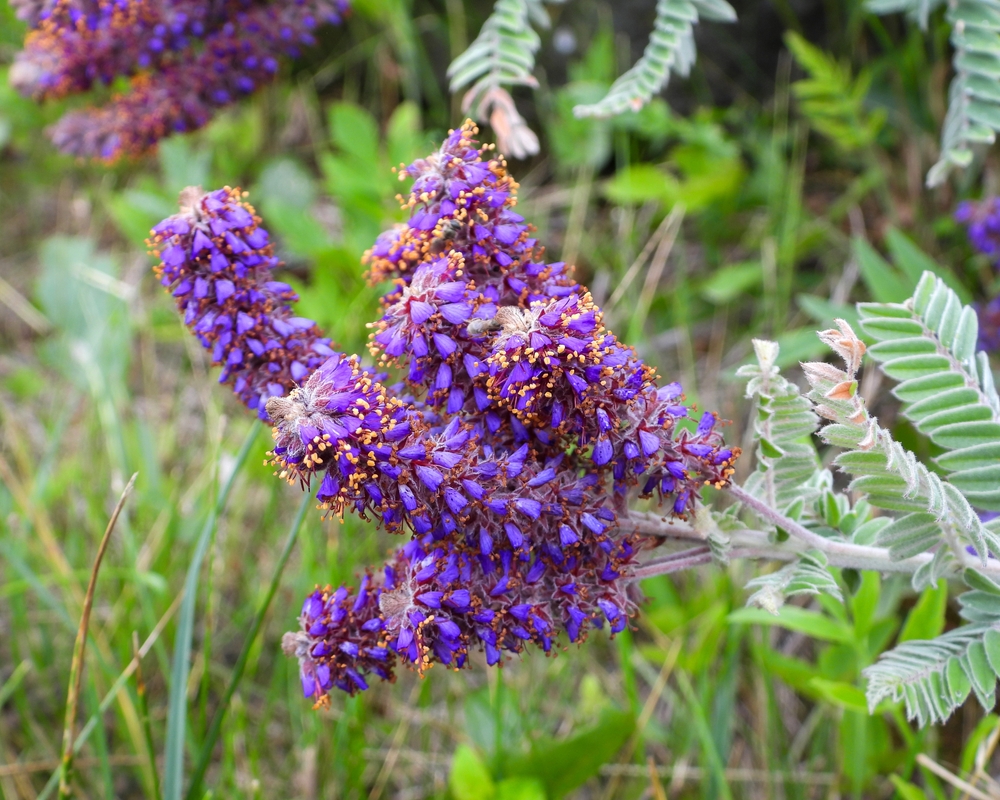
Leadplant is a striking native prairie shrub that features deep purple spikes of flowers. This resilient plant thrives in full sun and well-drained soil, making it ideal for dry, sunny gardens. It is particularly well-suited for areas with poor soil, as it can tolerate drought and still produce vibrant blooms.
Leadplant attracts a variety of pollinators, including bees, making it a fantastic addition to any garden looking to support local wildlife. Its beautiful flowers and silvery foliage provide year-round interest in the landscape.
Prairie Smoke (Geum triflorum)
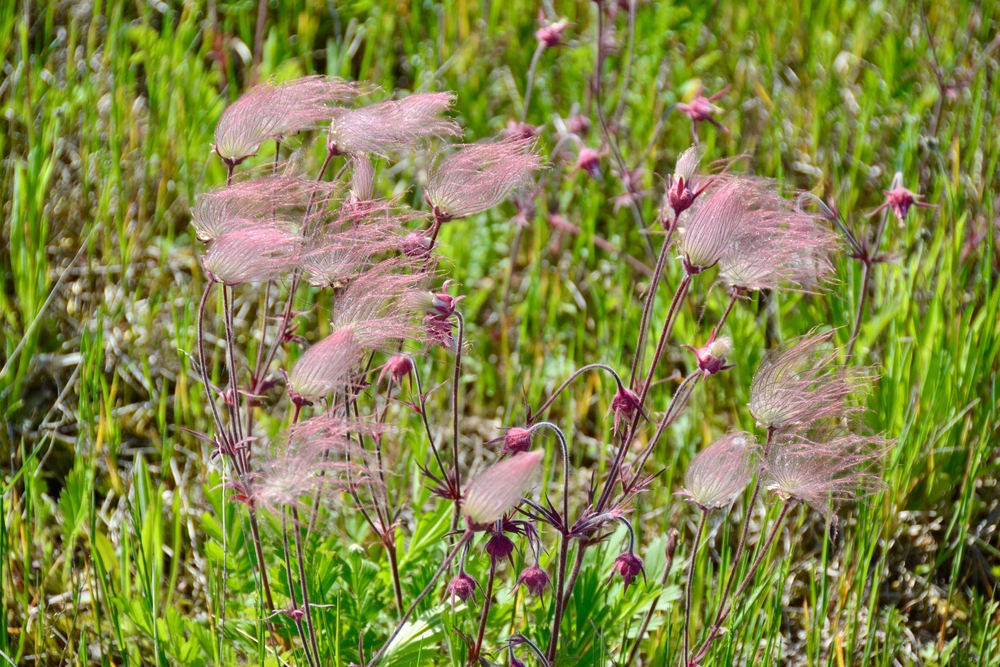
Prairie Smoke is a unique prairie flower with soft, wispy pink flowers that resemble smoke. It is an early bloomer, often appearing in the spring, and its distinctive seed heads remain throughout the summer, adding visual interest. This plant thrives in full sun and well-drained soil, making it an excellent choice for sunny, dry gardens.
Its ability to attract bees and other pollinators makes it a great addition to a garden focused on supporting local wildlife. Prairie Smoke is hardy and resilient, making it a low-maintenance option for a prairie-inspired landscape.
Spiderwort (Tradescantia ohiensis)
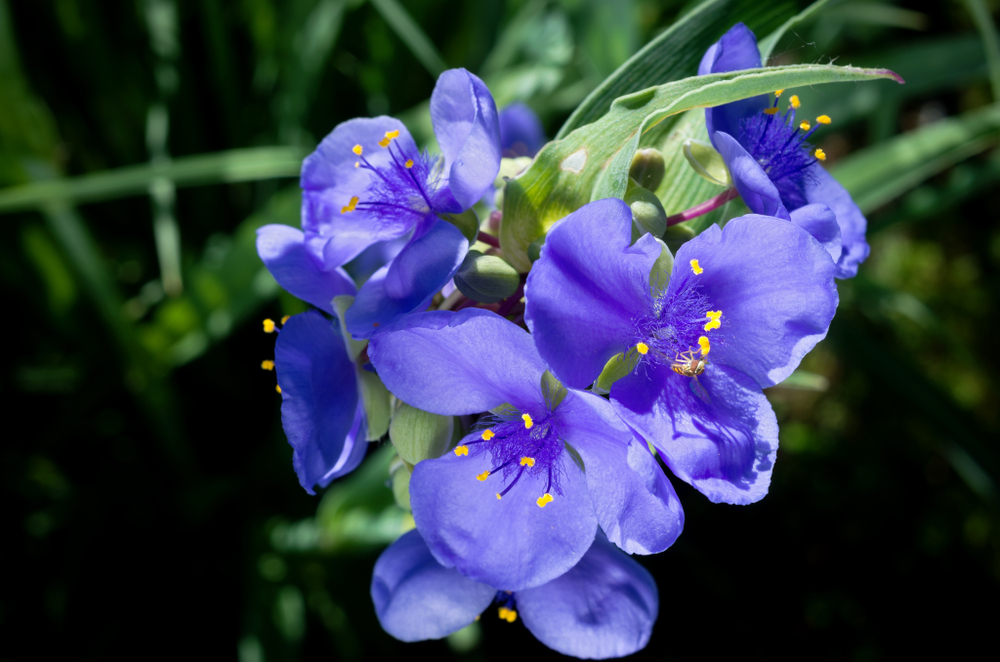
Spiderwort is a lovely prairie flower that produces bright blue to purple blooms in late spring to early summer. Its soft, grass-like foliage and striking flowers add both texture and color to the garden. Spiderwort is known for its resilience, thriving in full sun and a range of soil types.
This flower is a favorite of bees and butterflies, making it an excellent choice for attracting pollinators. Its ability to withstand both drought and wet conditions makes it a versatile plant for a variety of garden settings.
This article originally appeared on Avocadu.
